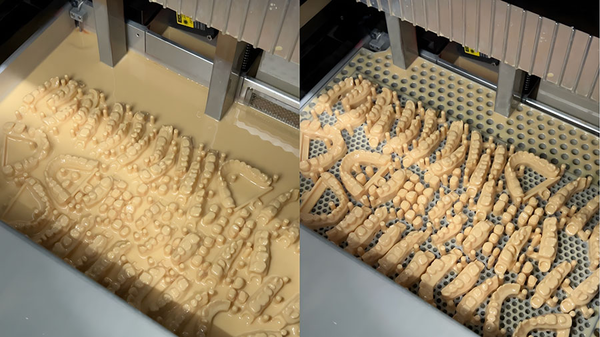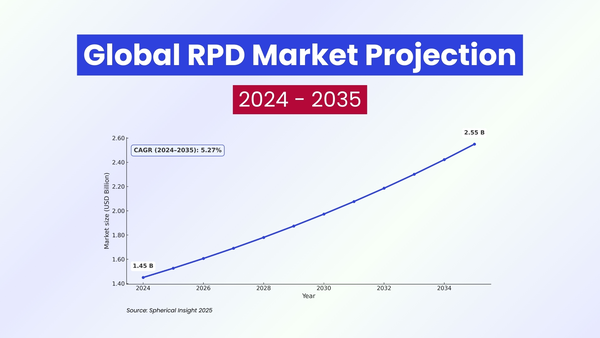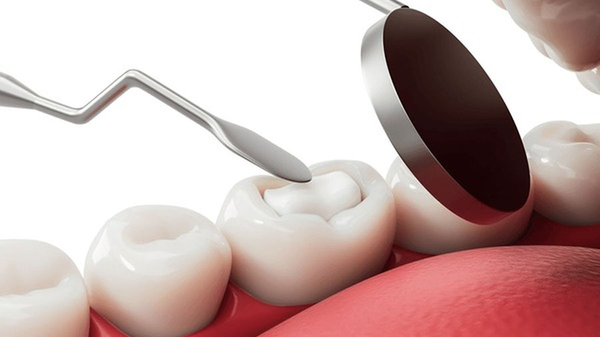Polyetherketoneketone (PEKK) is an advanced thermoplastic polymer that is revolutionizing modern dentistry. As a member of the polyaryletherketone (PAEK) family, PEKK offers exceptional mechanical properties, biocompatibility, and versatility, making it a superior alternative to traditional materials like metals and ceramics.
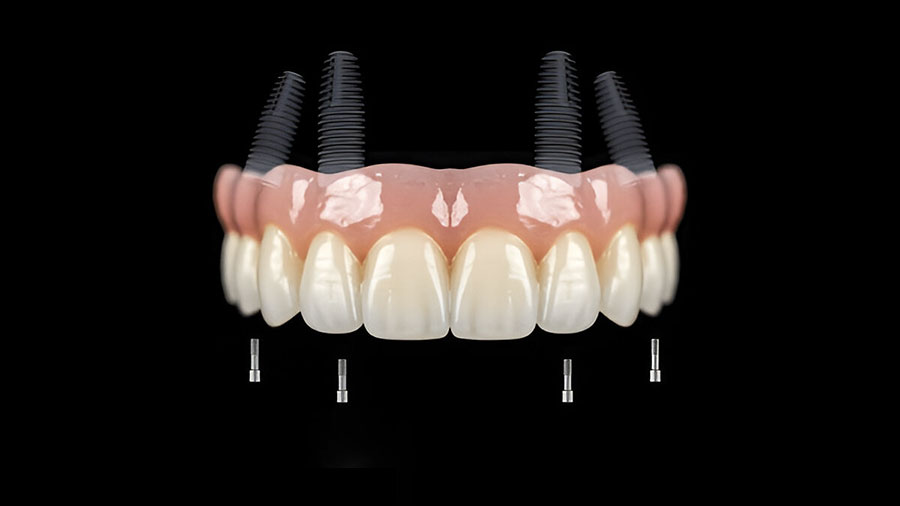
Table of contents [Show]
Polyetherketoneketone (PEKK) is an advanced thermoplastic polymer that is revolutionizing modern dentistry. As a member of the polyaryletherketone (PAEK) family, PEKK offers exceptional mechanical properties, biocompatibility, and versatility, making it a superior alternative to traditional materials like metals and ceramics. With improved physical characteristics compared to its counterpart, Polyetheretherketone (PEEK), PEKK is increasingly used in dental applications such as implants, prostheses, and restorations.
This article delves into the properties, clinical applications, advantages, limitations, and future directions of PEKK in dentistry, highlighting its potential to redefine dental practices and patient outcomes.

Overview and Material Properties
PEKK is a high-performance thermoplastic polymer known for its elasticity, shock absorbance, and fracture resistance, making it one of the most durable materials in dentistry. As part of the PAEK family, PEKK demonstrates improved physical and mechanical properties compared to PEEK, including better load-bearing capacity and enhanced biocompatibility.
Key Material Properties
Elasticity: Matches the mechanical behavior of natural bone tissue, reducing stress shielding.
Shock Absorption: Protects underlying tissues and structures from occlusal forces.
Fracture Resistance: Withstands high masticatory forces, ensuring long-term durability.
Thermal Stability: Maintains performance across a wide range of temperatures.
Improved Physical Characteristics: Higher strength and stiffness compared to PEEK, making it suitable for demanding dental applications.
These properties position PEKK as a promising material for both fixed and removable dental frameworks, offering a combination of functionality and patient comfort.
Mechanical Properties
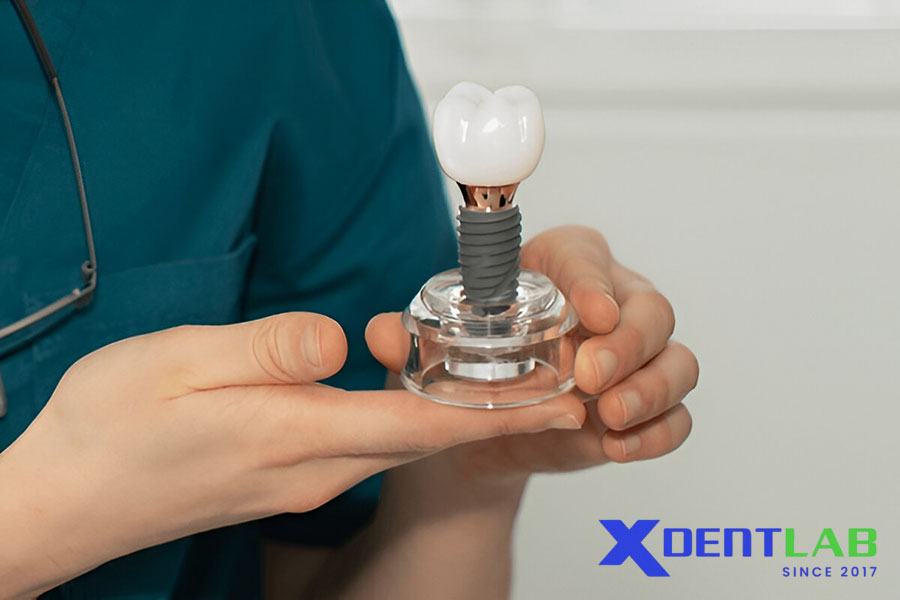
PEKK’s mechanical properties are among its most defining features, making it ideal for dental applications:
Superior Performance in Dentistry
High Tensile Strength: Ensures durability under masticatory forces.
Elastic Modulus: Similar to natural bone, reducing stress shielding and improving load distribution.
Shock Absorption: Protects supporting tissues and implants from excessive force.
Fracture Toughness: Prevents material failure, even under cyclic loading conditions.
Comparison with PEEK
PEKK outperforms PEEK in several aspects, including:
Higher Stiffness and Strength: Suitable for load-bearing restorations.
Improved Aesthetic Properties: Offers better customization and tooth-colored options.
Enhanced Fatigue Resistance: Performs well in long-term intraoral conditions.
These mechanical advantages make PEKK a preferred material for dental frameworks, particularly in applications requiring durability and patient comfort.
Biocompatibility and Clinical Applications
PEKK is highly biocompatible, making it safe for intraoral use and long-term dental applications. While PEKK is bioinert, ongoing research focuses on enhancing its bioactivity through surface modifications and composite formulations.
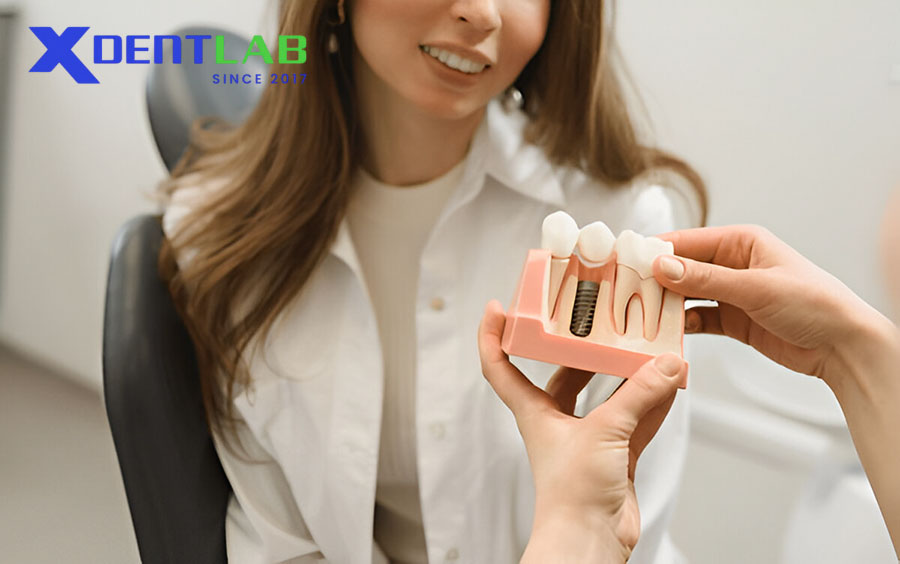
Biocompatibility Features
Non-Toxic and Hypoallergenic: Suitable for patients with metal allergies or sensitivities.
Minimal Inflammatory Response: Ensures safe integration with oral tissues.
Low Plaque Affinity: Reduces bacterial accumulation, promoting oral hygiene.
Clinical Applications
PEKK is used in a variety of dental procedures, including:
Dental Implants and Oral Implantology
PEKK serves as a framework material for implant superstructures and abutments due to its elasticity and ability to absorb occlusal forces. Benefits include:
Reduced Stress Shielding: Elastic modulus closer to bone minimizes implant failure risks.
Metal-Free Alternative: Eliminates issues like corrosion and metal allergies.
Aesthetic Outcomes: Tooth-colored frameworks enhance visual appeal.
Custom-Milled Dental Prostheses
PEKK is widely used in prosthetic frameworks for fixed and removable restorations:
Partial Dentures: Lightweight and flexible frameworks improve patient comfort.
Overdentures: Shock-absorbing properties protect implants and supporting tissues.
CAD/CAM Veneering: Enables precise fit and natural aesthetics.
Bone Substitutes
PEKK’s mechanical properties and biocompatibility make it suitable for bone substitute applications:
Craniofacial Reconstruction: Custom frameworks for post-tumor resection defects.
Orthopedic Applications: Used in bone scaffolds for regeneration.
These applications highlight PEKK’s versatility in addressing diverse dental challenges.
Advantages and Benefits
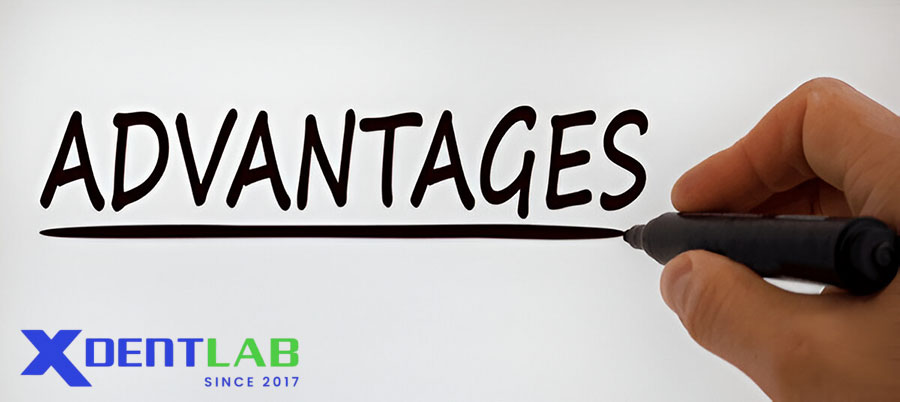
PEKK offers several advantages over traditional materials like metals, ceramics, and even PEEK:
Mechanical and Aesthetic Benefits
Durability: High tensile strength and fracture toughness ensure long-term performance.
Lightweight: Reduces weight on supporting tissues, enhancing patient comfort.
Aesthetic Appeal: Tooth-colored options provide natural-looking restorations.
Biocompatibility Advantages
Non-Allergenic: Ideal for patients with sensitivities to metals.
FDA-Approved: Safe for medical implants and dental applications.
Low Bacterial Adhesion: Promotes oral hygiene and reduces infection risks.
Clinical Performance
High Survival Rates: Studies report survival rates exceeding 95% for PEKK-based restorations.
Metal-Free Dentistry: Addresses aesthetic demands and regulatory restrictions on metals.
Limitations and Challenges
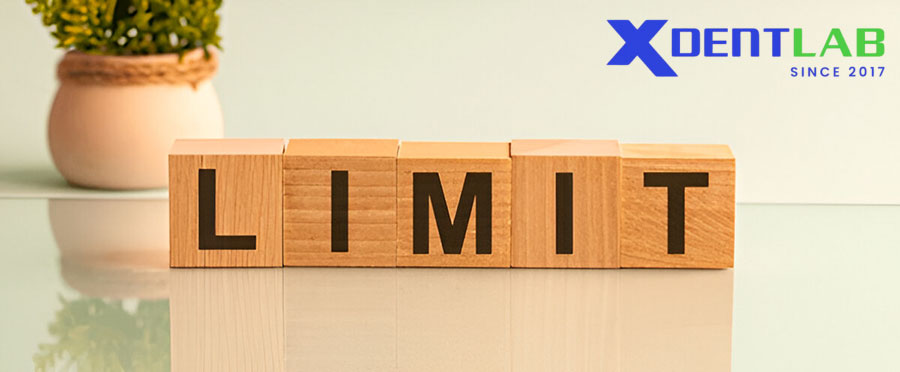
Despite its promise, PEKK has some limitations that must be addressed:
Bioactivity
Inert Nature: Requires surface modifications to promote bone bonding.
Fabrication Complexity: Surface treatments (e.g., plasma coating) can increase production costs.
Wear and Longevity
Higher Wear Rates: Compared to ceramics, PEKK may exhibit more wear in high-friction areas.
Limited Long-Term Data: Most clinical studies are under five years, necessitating further research.
Cost and Accessibility
High Material Costs: PEKK is more expensive than traditional materials like PMMA.
Specialized Equipment: Requires CAD/CAM systems for precise fabrication.
These challenges highlight the need for continued research and innovation to optimize PEKK for dental applications.
Current Research and Future Directions
PEKK is the focus of ongoing research aimed at enhancing its properties and expanding its applications in dentistry.
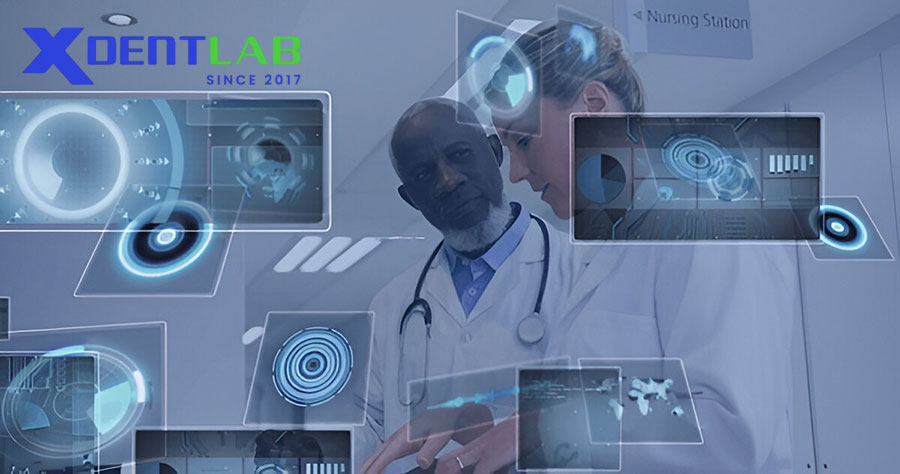
Innovations in Material Science
Composite Formulations: Incorporation of tantalum microparticles to improve bioactivity while maintaining mechanical strength.
Surface Engineering: Plasma treatments and coatings to enhance osseointegration and antibacterial properties.
Smart Polymers: Development of PEKK variants with antimicrobial properties for improved oral hygiene.
Emerging Technologies
3D Printing: Enables customized frameworks for individual patients, reducing production time.
Digital Workflows: Integration with CAD/CAM systems for precision and scalability.
Regenerative Dentistry: Potential use in scaffolds for bone regeneration.
Clinical Studies
Recent studies focus on:
Density Functional Theory (DFT) Analysis: Investigating PEKK’s molecular behavior for dental applications.
Long-Term Performance Evaluations: Comparing PEKK with gold-standard materials like zirconia.
These advancements position PEKK as a transformative material for modern dentistry.
Conclusion
Polyetherketoneketone (PEKK) is redefining dental applications with its exceptional mechanical properties, biocompatibility, and aesthetic appeal. As a high-performance material, PEKK offers new opportunities for functional and aesthetic dental rehabilitation, addressing limitations of traditional materials while meeting the demands of modern dentistry.
Partner with XDENT LAB to access expertly crafted PEKK-based restorations that meet the highest standards of quality and performance. Contact us today to learn how we can elevate your dental practice with cutting-edge solutions.
Why XDENT LAB Is Your Trusted Partner for PEKK Frameworks
At XDENT LAB, we specialize in crafting high-quality PEKK-based dental restorations tailored to the needs of dental practices worldwide. Our FDA-approved and ISO-certified facilities ensure consistent quality and compliance, making us the trusted partner for dental labs seeking reliable outsourcing solutions.
What Sets XDENT LAB Apart?
Global Expertise: Serving dental practices across the U.S. and beyond.
Lab-to-Lab Solutions: Seamless outsourcing for predictable results.
Advanced Technology: Precision manufacturing techniques for optimal restorations.
Compliance Assurance: FDA and ISO certifications guarantee quality and consistency.
XDENT LAB is an expert in Lab-to-Lab Full Service from Vietnam, with the signature services of Removable & Implant, meeting U.S. market standards – approved by FDA & ISO. Founded in 2017, XDENT LAB has grown from local root to global reach, scaling with 2 factories and over 100 employees.. Our state-of-the-art technology, certified technicians, and commitment to compliance make us the trusted choice for dental practices looking to ensure quality and consistency in their products.
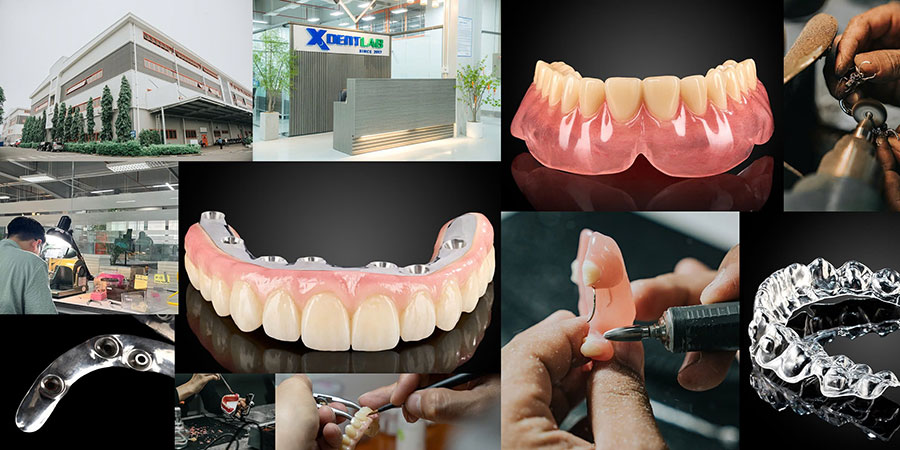
Our commitments are:
100% FDA-Approved Materials.
Large-Scale Manufacturing, high volume, remake rate < 1%.
2~3 days in lab (*digital file).
Your cost savings 30%.
Uninterrupted Manufacturing 365 days a year.
Contact us today to establish a strategy to reduce operating costs.
--------❃--------
Vietnam Dental Laboratory - XDENT LAB
🏢 Factory 1: 95/6 Tran Van Kieu Street, Binh Phu Ward, Ho Chi Minh City, Vietnam
🏢 Factory 2: Kizuna 3 Industrial Park, Can Giuoc Commune, Tay Ninh Province, Vietnam
☎ Hotline: 0919 796 718 📰 Get detailed pricing
Share this post:

